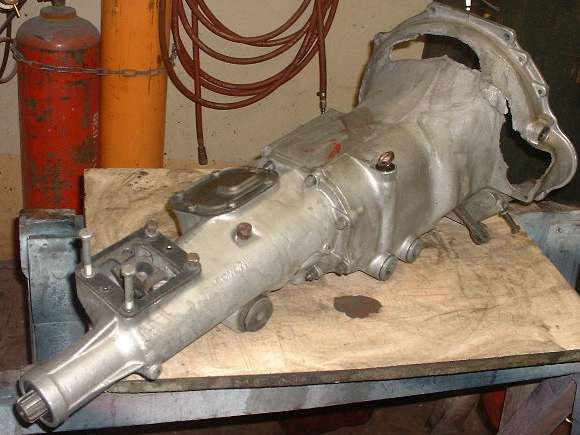When looking at a flywheel weight alone does not tell you if the engine will spool up faster. The material and location (shape) of the weight is important. I don’t remember my physics that well, but there is a term called Radius of Gyration (general abbreviation WR2) which describes the inertia characteristics of a given shape, i.e. a solid disk or a hollow wheel. Each shape has a different formula for calculating WR2 but essentially W is the density of the material, and R is the radius (the differences in the formulas are essentially the volume calculation). The time required to change the speed of the rotating object is something like
time = (WR2 x Change in RPM) / (308 x torque)
for steel W = 490, for cast iron W = 450, and for aluminum W = 165
If we say that the engine torque is what it is and we want to rev the engine faster, then we need to make WR2 smaller. If you buy an aluminum flywheel with the same shape as a steel one WR2 is reduced because W is 165 instead of 490, if you cut down the outside radius on an existing steel flywheel WR2 goes down because R is smaller. Now we can’t really do that because there is the ring gear that we need to start the engine, but if we take away weight at the edge of the flywheel we will be helping. For example, on a spridget flywheel if the material forming the slight step between the pressure plate and the ring gear was removed it would have a greater impact than if an equivalent weight were removed by simply shaving the friction surface.
Sorry for the long post, I’m just trying to point out that if someone is planning on lightening a stock flywheel, the further from the rotating axis that the weight is reduced the more impact it will have on getting the engine to rev up quickly.

 Hi Guest!
Hi Guest!

 smilie in place of the real @
smilie in place of the real @
 Pretty Please - add it to our Events forum(s) and add to the calendar! >>
Pretty Please - add it to our Events forum(s) and add to the calendar! >> 



